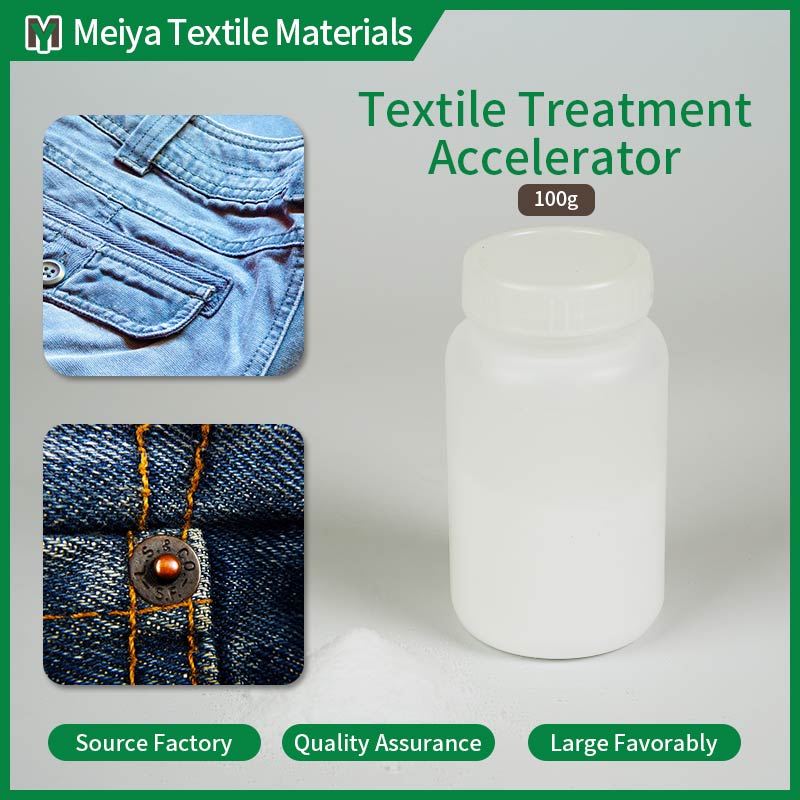Eco-Friendly Innovations in Dyeing Auxiliaries: Pioneering Sustainable Solutions for the Textile Industry
In recent years, Dyeing Auxiliaries have improved significantly due to the increasing importance attached to sustainability and eco-friendly practices within the textile industry. These innovations have changed traditional dyeing approaches resulting in environmentally responsible alternatives that still maintain their efficiency.
Environmentally Friendly Formulas
One of the most notable advancements in dyeing auxiliaries includes eco-friendly formulations. Manufacturers are increasingly replacing conventional chemicals with non-toxic bio-based alternatives obtained from renewable sources. These environmentally friendly auxiliaries ensure a smaller environmental footprint during textile dyeing as well as fewer health risks among workers and consumers.

Process Efficiency
Moreover, innovations in dyeing auxiliaries seek to improve process efficiency which will allow more effective usage of resources. Modern additives and agents are aimed at optimizing color penetration, improving fastness, and shortening dying times thereby leading to substantial energy saving and water conservation. This enables manufacturers to minimize waste while lowering production costs through efficient utilization of dyeing processes.
Dyeing Performance
New dyeing auxiliaries also put considerable emphasis on delivering enhanced performance while ensuring that they are sustainable. The novel formulas are designed for vibrant colors that will retain their brightness for longer; thus guaranteeing high quality outcomes that meet customer requirements. Furthermore, these auxiliaries can handle various fibers as well as dyes hence making them versatile enough for use by textile companies.
Sustainability Requirements Compliance
The latest advances of this kind were made with an eye on compliance with sustainability requirements and standards set out by regulatory bodies involved. Manufacturers ensure such products conform to specific standards like Oeko-Tex, Bluesign and the Global Organic Textile Standard (GOTS) at all stages of production chain so as to keep up with strict ecological and social norms regarding them. By following these references instead, firms working in the field can prove their sustainability commitment and be ahead in the market competition.
To conclude, a change is gradually occurring in the textile industry regarding dyeing auxiliaries whereby more is being done to make them sustainable and environment friendly. For instance, manufacturers have come up with improvements on eco-friendly formulations, process efficiency and dyeing performance so that the result is not only a reduction of the industry’s ecological footprint but also high-quality outputs. Therefore by adopting these new trends companies involved in the making of fabrics can pave way for a better future that emphasizes on environmental integrity as well as social responsibility.
